Do you know that with $2, you can buy and invest in Bitcoin — the world’s most expensive cryptocurrency?
What’s more, buying Bitcoin isn’t as complex as it looks.
Although bitcoin started as a digital currency, it has advanced into an investment asset. Owing to its massive store of value, many investors regard bitcoin as digital gold.
In four easy steps, you, too, can jump into the crypto world and own your share of Bitcoins.
Ready to leap? Read on to find out how you can buy Bitcoin. But first, why Bitcoin?
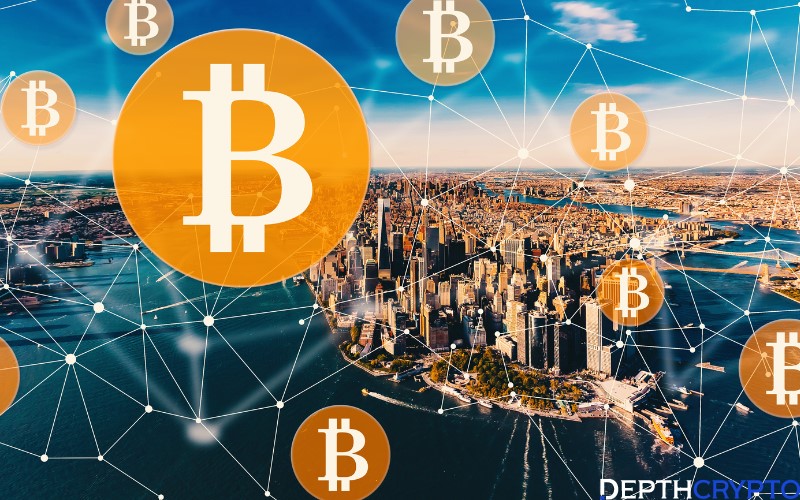
Why choose bitcoin?
For most regular people, Bitcoin is synonymous with Blockchain. While this is a misconception, there’s a connection.
In 2008, an anonymous group under Satoshi Nakamoto’s pseudonym created Blockchain [2] as the public distributed ledger for cryptocurrency (bitcoin) transactions.
On the other hand, Bitcoin was launched in 2009 as a digital medium of exchange that bypasses third-party (financial institutions’) interference. Crypto has since gained traction from $0 in 2009 to $0.09 in July 2010 to an all-time high of $68,789 on November 10, 2021.
Being the first cryptocurrency, Bitcoin represents 41% of the $1.1 trillion crypto market. And as of the time of writing, one bitcoin goes for as high as $20,410.91 [1] amidst a bearish market.
The price of bitcoin is speculated to surge as Blockchain and cryptocurrency continue to gain mainstream adoption.
However, despite the high gains, investing in Bitcoin, like any other speculative asset, is risky. It’s especially so if you are unfamiliar with crypto assets and because cryptocurrencies are highly volatile.
If you’re new to investing, find out more about how much to invest in bitcoin.
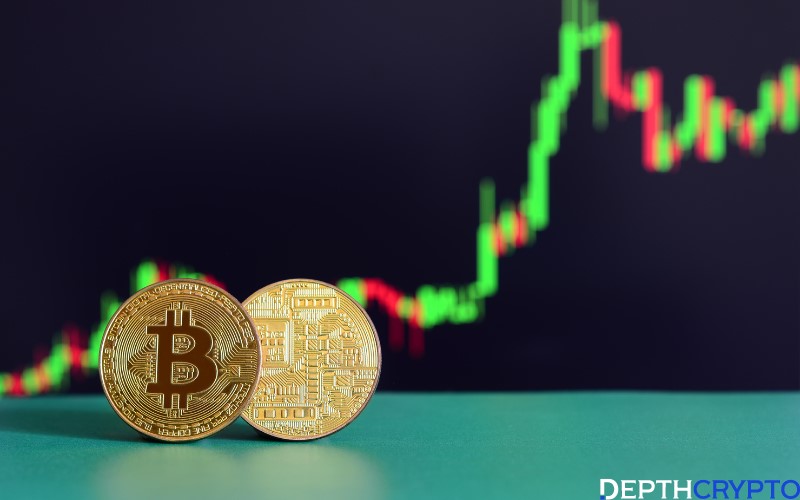
How to buy bitcoin in four steps?
If you decide to buy bitcoin, for ease and safety, consider these steps:
- Choose where to buy bitcoin from.
- Link your payment method.
- Determine your investment.
- Decide how to store your bitcoin.
Consider where to buy bitcoin.
As a beginner, you should opt for a user-friendly platform with top-notch security and low fees.
First, you need to choose a platform and open an account with your chosen platform to purchase bitcoins. Such platforms include:
- Centralized crypto exchanges.
- Peer-to-peer marketplaces.
- Stockbrokers.
- Payment apps like PayPal.
- Bitcoin ATMs.
OTC desk (over-the-counter exchange services designed for high-net-worth individuals).
1. Cryptocurrency exchanges
You can buy bitcoin from centralized exchanges such as coin base, binance, binance.US, etc. Each exchange has its peculiarities regarding fees, security, usability, geographical restrictions, etc.
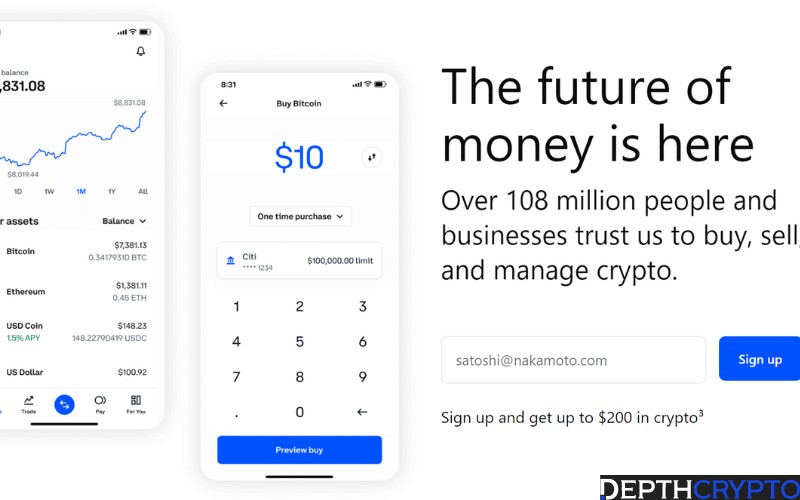
Before deciding on a platform, do your research (DYOR) and choose an exchange that best suits your goals.
2. Traditional stockbrokers
Cash App, eToro, Gemini, Kraken, Robinhood, etc., are traditional brokers that allow you to buy, sell, and store bitcoin seamlessly. While some charge trading fees from 0.0125% to 1.75% (the average price among competitors is 0.50% per trade), exchanges like Robinhood offer free bitcoin trades.

3. Peer-to-peer marketplaces
Unlike crypto exchanges, which require thorough verification processes before you can access their services, P2P marketplaces are laxer.
You can easily find crypto buyers and sellers on peer-to-peer platforms anytime. You must select the counterparty with the best rate and payment method to buy your Bitcoin and trade directly with them.
However, because some P2P marketplaces have limited fraud protection, scammers take advantage of P2P trading. Thus, be cautious when buying from individual holders on such marketplaces.
4. Bitcoin ATMs or BTMs (Bitcoin teller machines)
You can use BTMs to buy and sell bitcoin. A Bitcoin ATM [3] is a physical and Internet-connected kiosk through which you can buy bitcoins and other cryptocurrencies with deposited cash.
Unlike the usual ATM, a BTM allows blockchain-based transactions like sending or transferring bitcoins to your digital wallet, often via a QR code. Bitcoin Depot, CoinFlip, CoinCloud, and Bitcoin of America are popular Bitcoin ATMs, among others.
5. Buying on PayPal
Buying Bitcoin on PayPal comes with limitations. You cannot transfer the bitcoin purchased on PayPal because you can only hold the Bitcoin in your US account. It means that your bitcoins are stuck and cannot be moved to other accounts on or off PayPal.
As such, you can consider other flexible options to buy and store your Bitcoin.
However, you can use PayPal to deposit cash and pay for bitcoin. In this case, you’re only required to connect your PayPal account (as a payment option) to a crypto exchange like a coin base.
How to pay for bitcoin?
You can choose a payment method from the list:
- Cash
- Bank deposit
- Payment apps (PayPal, circle Pay, Apple Pay, Venmo, Google Pay)
- Debit cards or credit cards.
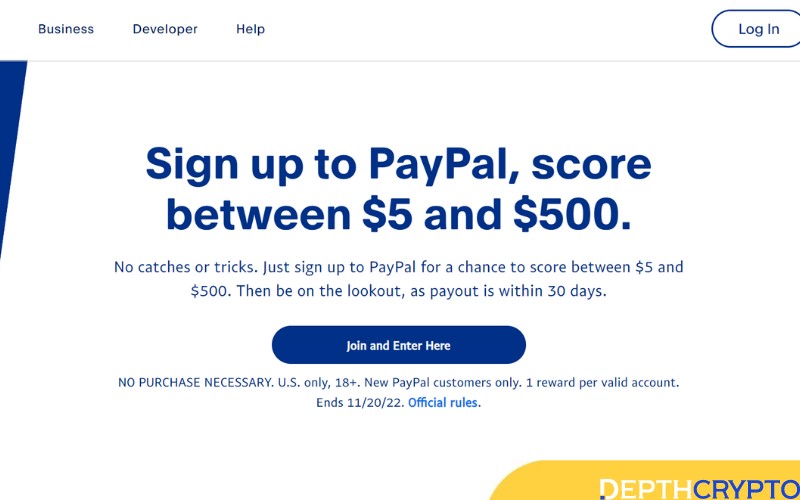
All you have to do is link your desired payment method to the platform.
Depending on the platform and the payment method, you can access varying privacy, additional fees, ease of use, etc.
In addition, you must comply with the KYC (know-your-customer) policy on most exchanges. The policy requires personal information such as live pictures, ID cards, driver’s licenses, employment status, and source of funds.
Even though buying Bitcoin with a credit card is possible, it’s not a feasible long-term financial decision. Because buying highly volatile assets on credit is not only risky but incurs equally higher interest rates and transaction fees.
The best option is to pay for bitcoin with cash or another cryptocurrency.
How to store your bitcoin?
Each crypto wallet confers three keys to the holder. You have access to a public key (like your account number). A private key (like your pin, which gives only you access to manage and transfer your funds). And a recovery phrase (like a recovery pin that helps you regain your account or pin if misplaced).
The private key must be kept safe to secure your crypto assets. Remember to use a strong password and enable two-factor authentication when creating your digital wallet.
Note that your public key is a transparent address on the Blockchain. Although the transaction history of the address is public on the Blockchain, the owner of the address remains anonymous.
Furthermore, a digital wallet in your possession is called a non-custodial wallet. However, it’s a custodial wallet when you trust an exchange to keep and control your bitcoin assets.
For a non-custodial wallet, you have absolute control over your funds. You can send and receive any amount of Bitcoin anytime. You’re also responsible for safeguarding your assets against theft and hacks.
In contrast, with a custodial wallet, you hand over total control of your assets to a third party (an exchange). Thus, your Bitcoin may be subjected to regulations, policies, and restrictions. The good thing is that securing your funds is no longer your duty.
There are two types of storage methods: software storage or hot wallet and hardware storage or cold wallet.
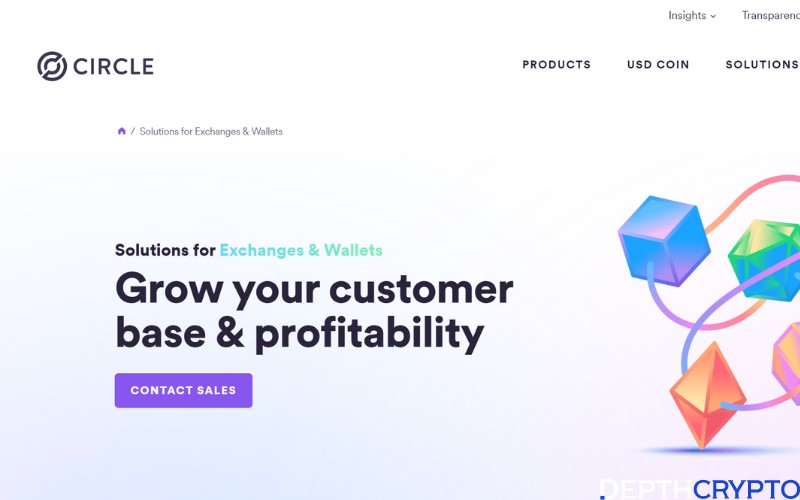
1. Software/Hot wallet
Most exchanges provide free hot wallets, which automatically store your bitcoin purchase. Coinbase, Mycelium, and Electrum are popular mobile or desktop hot wallets. Here, your bitcoin is stored in online storage (cloud) and is accessible through an app, desktop, or web on the internet.
Hot wallets are generally faster and easier to use. However, because cryptocurrencies are heavy investments, hackers target hot wallets to steal crypto assets. This makes the other option suitable for long-term investors (hodlers).
2. Hardware/Cold wallet
A cold wallet is an offline storage device, often similar to a USB Drive, which stores your crypto assets. You can connect the hardware to the internet anytime you want to use it. Hardware wallets are more secure because they aren’t vulnerable to phishing links and hacks. Ledger Nano and Trezor are the most popular cold wallets.
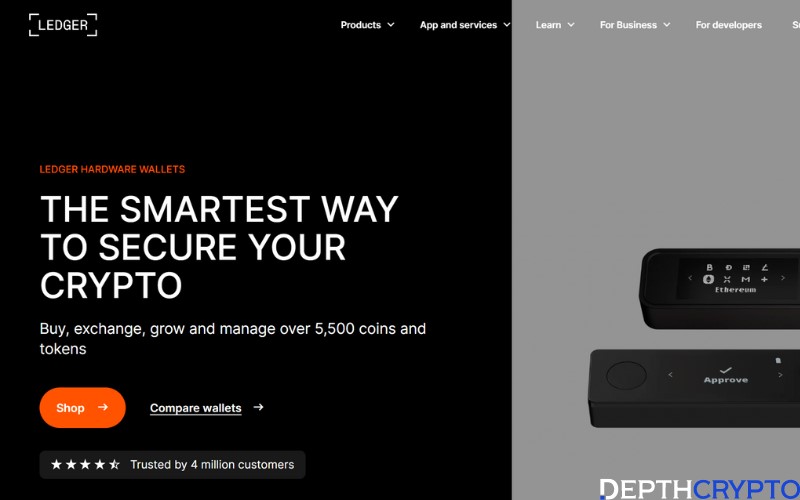
Determine your investment
After connecting your wallet to your chosen exchange, the final step is to decide how much Bitcoin to buy. Even though one Bitcoin costs over $20,000, you can buy a fractional share for as low as $2 on coinbase [4].
Meanwhile, the smallest unit of bitcoin is known as a satoshi, named after Satoshi Nakamoto, the founder(s) of the Bitcoin blockchain. The satoshi is a hundred millionth share of one bitcoin worth $0.0002049 [6]. Since the Bitcoin price is $20,464.72 [5] as of today, November 2, 2022, you can buy 10,000 satoshis at $2.04.
What can you do with your Bitcoin?
After buying your Bitcoin, you can decide to do several things with it, such as:
1. Invest
Since the price of bitcoin may shoot up, you can decide to hold onto your bitcoin a bit longer for when the value increases. All you have to do is store your BTC in your exchange account or personal wallet.
2. Trade
You can sell your bitcoin assets on peer-to-peer marketplaces or exchanges like coin base. You can also transfer Bitcoin worldwide instantly, unlike fiat currency, which may take time.
3. Swap
Suppose you’d like to own another cryptocurrency or trading pair. In that case, you can exchange any amount of your Bitcoin balance for your desired crypto.
4. Spend
Like your debit card, you can spend your bitcoin on virtually anything. As crypto becomes mainstream, many businesses accept Bitcoin as payment. Brands that accept Bitcoin as a payment method include Microsoft, Wikipedia, Twitch, Virgin Airlines, Home Depot, etc.
5. Donate
You can also donate Bitcoin to those in need due to poverty or war.

Conclusion
Buying Bitcoin has never been easier. Choose a platform, payment method, and storage format that align with your financial goals.
Always do your due diligence before investing in crypto, and invest what you can afford to lose. Good luck if you decide to start earning money online with Bitcoin.
[2] Wikipedia contributors. (2022, October 30). Blockchain. Wikipedia. https://en.m.wikipedia.org/wiki/Blockchain
[3] Wikipedia contributors. (2022a, October 26). Bitcoin ATM. Wikipedia. https://en.m.wikipedia.org/wiki/Bitcoin_ATM
[4] Coinbase Team. (n.d.). Retrieved November 2, 2022, from https://help.coinbase.com/en/coinbase/trading-and-funding/buying-selling-or-converting-crypto/what-is-the-minimum-amount-of-cryptocurrency-that-i-can-purchase
[5] Sephton, C. (n.d.-b). Bitcoin price today, BTC to USD live, marketcap, and chart. CoinMarketCap. Retrieved November 2, 2022, from https://coinmarketcap.com/currencies/bitcoin/
[6] Satoshi price today, SATS to USD live, marketcap, and chart. (n.d.). CoinMarketCap. Retrieved November 2, 2022, from https://coinmarketcap.com/currencies/satoshi/
